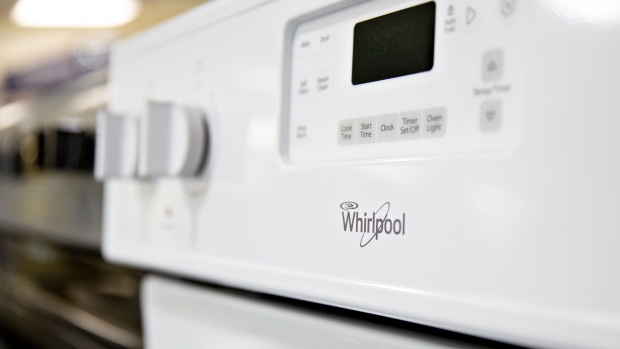Jul 23, 2018
Whirlpool sinks with raw material costs climbing around the world
, Bloomberg News

As the Trump administration’s global trade war heats up, Whirlpool Corp. (WHR.N) is feeling the burn.
The maker of home appliances said rising raw material costs hurt results in three out of four of its regional markets in the second quarter, including North America, Asia and its struggling Europe, Middle East and Africa division. The only region where it didn’t cite input-cost inflation was in Latin America, which faced its own problems in the second quarter, including a Brazilian trucker strike.
The higher raw material costs, paired with lower sales volumes and unfavorable foreign currency impacts, contributed to Whirlpool’s weaker-than-expected quarterly results. Net sales and ongoing earnings per share both missed analysts’ estimates in the three months ended June 30. The company’s ongoing full-year profit forecast missed the lowest estimate.
Whirlpool shares fell as much as 9.3 per cent in after-hours trading to US$136.75. They have lost 11 per cent this year.
Whirlpool disclosed in its second-quarter presentation that raw-material inflation will cost the company about US$350 million in 2018. That’s up from the US$250 million to US$300 million it predicted in April, and even that was US$50 million higher than what it was forecasting back in January.
The company didn’t specify which raw materials were causing the headaches, though in April, it cited steel and resin as particular concerns.
President Donald Trump in March placed a 25 per cent tariff on imports of steel and a 10 per cent tariff on aluminum imports from most countries. The U.S. allowed some exemptions for South Korea, Brazil, Australia and Argentina. After initially exempting Canada, Mexico and the E.U., Trump extended the Section 232 tariffs in June to include those key trade allies.
--With assistance from Joe Deaux.


